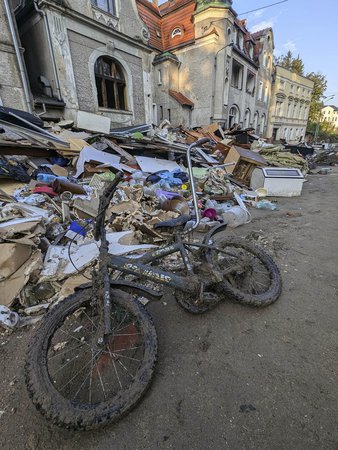
EU chief visits flood-stricken region in Europe and pledges billions in swift aid
WARSAW, Poland (AP) — European Union chief Ursula von der Leyen on Thursday pledged billions of euros for flood recovery for Central European countries that suffered enormous damage to infrastructure and housing during the curent flooding that has claimed 24 lives in the region.
Von der Leyen paid a quick visit to flood-damaged region in southeastern Poland and met with the government heads of the affected countries — Poland, Austria, the Czech Republic and Slovakia.
She said funds will be quickly available for repair from the EU’s solidarity fund. But saying it would not be enough in the face of enormous destruction, she also pledged 10 billion euros from what is called the cohesion fund for most urgent repairs.
She said no contribution from the individual countries would be required for the money to be released and stressed that in the crisis situation swift action was required.


